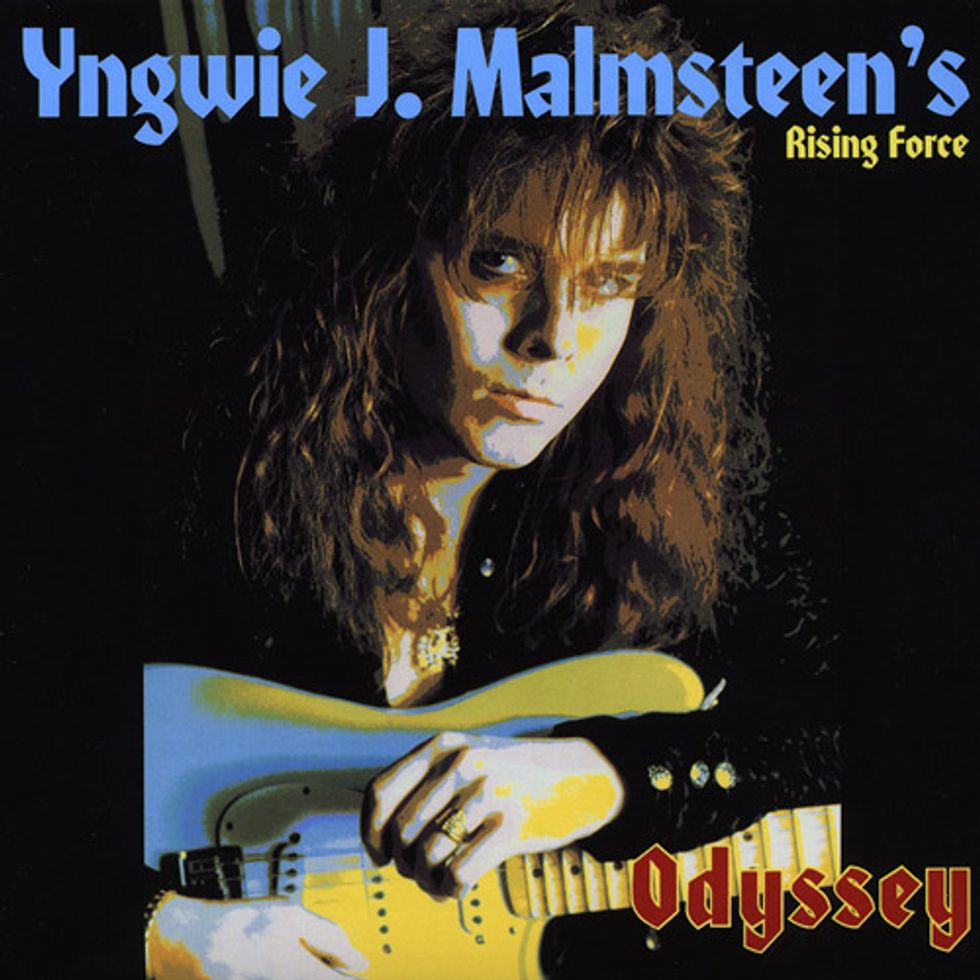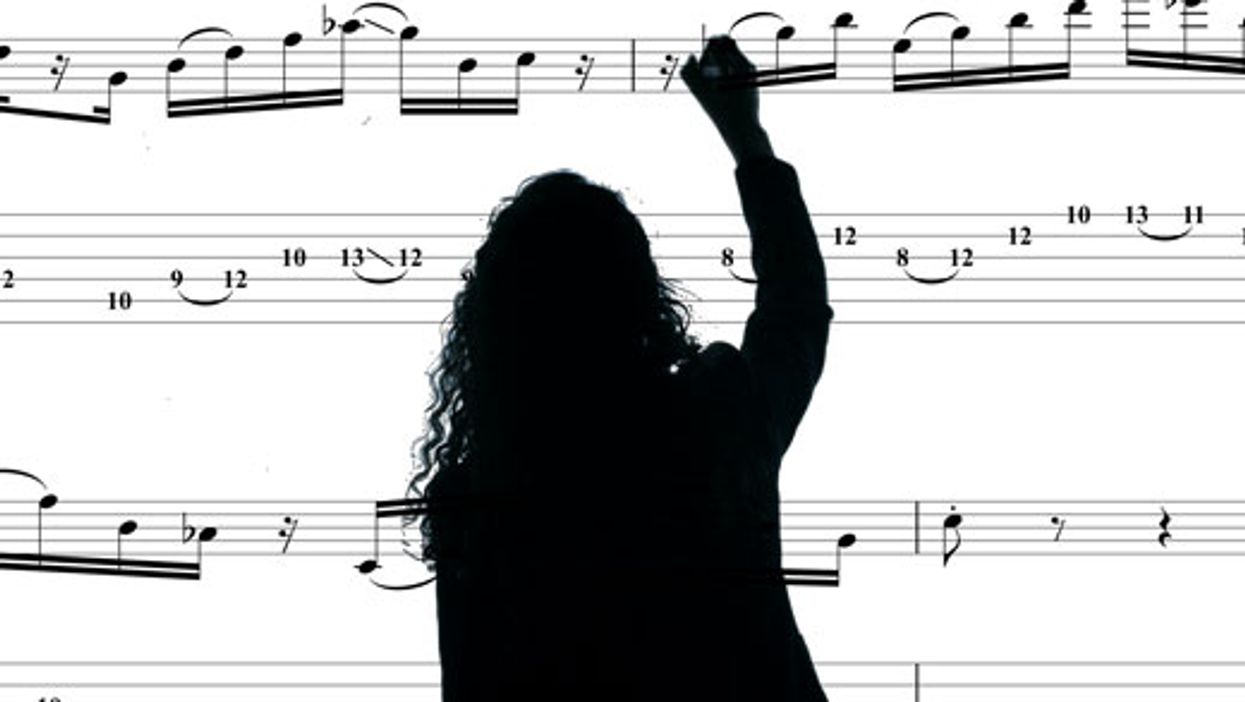Chops: Intermediate
Theory: Beginner
Lesson Overview:
• Understand how single-note lines can outline chord progressions.
• Broaden your knowledge of classical forms.
• Expand and develop a theme through different musical styles.
Click here to download a printable PDF of this lesson's notation.
Back in the mid 1980s it seemed like the 19th-century violin virtuoso Niccolò Paganini was mentioned in every other guitar magazine article. Today, not so much. Why is that? Well, Paganini—with his unparalleled musical technique, outrageously challenging compositions, and embracement of the “sold his soul to the devil” legend—was one of the primary inspirations for the neo-classical shred-guitar movement (Yngwie Malmsteen thanked him in the liner notes of his first album).
Then ’90s grunge came along and Paganini’s legend suddenly seemed passé. What a pity, because Paganini’s music can offer something to every guitarist, from flamboyant electric shredders to introspective acoustic pickers. Even the flannelled grunge devotee could have learned a lick or two. So with years of hindsight available to us, let’s revisit one of Paganini’s masterpieces from his collection of 24 Caprices. The final one, No. 24, is one of the most difficult and has been performed by some of the world’s most virtuosic violinists. Guitarist Eliot Fisk transcribed a version for guitar, which you can watch him perform below.
Though many people erroneously think of Paganini as nothing more than a speed demon, it’s not the speed that makes this piece challenging. This caprice actually consists of a main theme, eleven variations on the theme, and a finale. The variations include several distinctive techniques that require uncommon fingerings and position shifts, which, as we’ll see, are challenging to play at almost any tempo.
In this lesson I’m presenting the theme (Ex. 1) as straight-ahead as possible. It’s performed on a nylon-string acoustic guitar, without accompaniment—more or less the way Paganini would have performed it on solo violin. Also, these examples are at a much more manageable tempo than Paganini would have preferred.
Click here for Ex. 1
For the remaining four examples I’ve taken the liberties of adding accompaniment and altering the groove. You’ll see, even though “Caprice No. 24” was composed for solo violin, the theme and subsequent melodic variations all follow a specific chord progression. To explain how this chord progression is derived from the melody would entail another lesson entirely, so let’s just go with it.
Ex. 2 uses a combination of chromatic notes and sly grace notes that, to my ear, are a parallel to the nuances found in many swinging jazz solos.
Click here for Ex. 2
Paganini originally composed Ex. 3 (which is based on variation 3) to showcase the performance of octaves on the violin. Luckily for us this variation adapts incredibly well to the guitar and it provides an example of a powerful way to perform melodies in a heavier grunge style.
Click here for Ex. 3
Ex. 4 (variation 4) exploits the idea of chromatic passing tones. This variation reminds me of Speedy West and Jimmy Bryant and their barn-burning, chromatic-laden, country shred tune “Stratosphere Boogie,” so once again I embraced the obvious and recorded this variation with a train-beat backing track.
Click here for Ex. 4
Finally, Ex. 5 (variation 7) is one of my all-time favorite pieces to play. It involves a series of triplet figures winding their way through radical position shifts and challenging string-skipping moves. To balance out the extreme nature of this variation I made a reggae backing track to add a sense of calmness to the music.
Click here for Ex. 5
As I mentioned earlier, Paganini composed eleven variations and a finale based on the original theme. I highly recommend you seek out the seven I didn’t present in this lesson and try to approach them in a fresh way that goes beyond the classical or neo-classical versions that are the norm. Every piece of music ever written, for any instrument, can be varied and manipulated to suit your needs and liking. Notes on a piece of paper are just that. How you bring them to life is up to you.
















